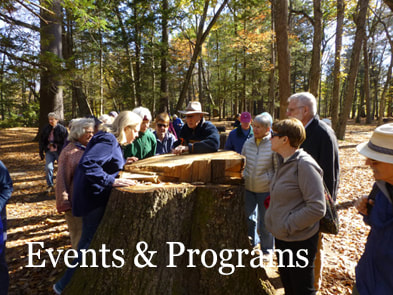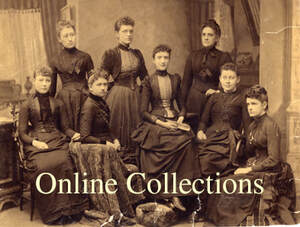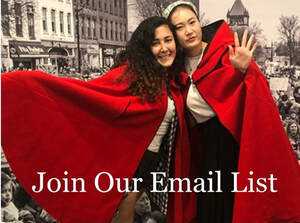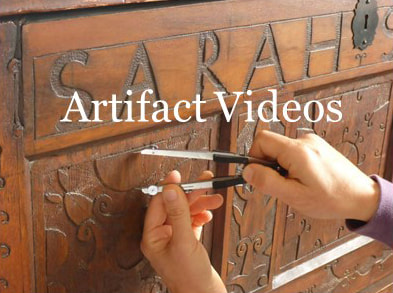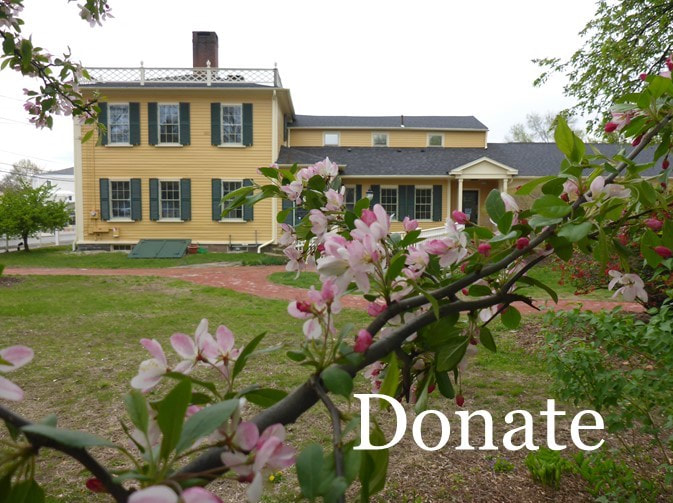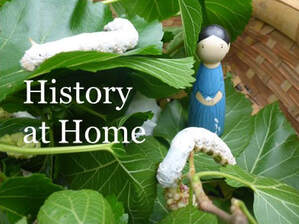The Mill Project: woman, work & resistance
August 1 - 11, 2024
Staged at the historic Shepherd Barn at 66 Bridge Street, Northampton, Mass.
|
Historic Northampton is pleased to present The Mill Project: women, work & resistance, a play with music by TheatreTruck, originally performed in 2017 and updated to reflect new scholarship.
The Mill Project remembers and embodies women's experiences of work and resistance in the textile mills of nineteenth-century New England through a performance-collage drawn from letters, newspapers, pamphlets and etiquette books. Woven into a tapestry of primary source text, original music and movement, the play stages the mill operatives' lived experiences and the rhetoric of womanhood, independence, enslavement, and abolition that surrounded them. Sliding scale admission: $15, $25, & $50 Content Advisory: The play includes themes of death, pregnancy, and abortion and is recommended for adult audiences.
|
Acknowledging Indigenous history
Acknowledging Indigenous History
Here, we acknowledge that we stand on Indigenous land, inhabited by Native American people for roughly 11,000 years, since the glaciers receded. This place that we now call Northampton was known to Native people as Nonotuck or Norwottuck. Nonotuck homelands stretched across both sides of the Kwinitekw (now called the Connecticut River), including the present-day towns of Amherst, Hadley, Hatfield, South Hadley, Northampton, and Easthampton.
Nonotuck people were closely connected, through trade, diplomacy, and kinship, to other Native communities in the region: the Quaboag in present-day Brookfield; the Agawam in present-day Springfield; the Woronoco in present-day Westfield; the Pocumtuck in present-day Deerfield; and the Sokoki in present-day Northfield. During the early 1600s, these Native groups engaged in reciprocal trade relations with English colonial settlers and with other Native nations. By the late 1600s, however, the pressures of colonial warfare forced many Native families to relocate, taking shelter in other Native territories. We offer condolences for the Nonotuck people who were forced to leave their homeland, while also offering gratitude for the Native communities that took them in.
Despite the loss of land due to colonial settlement, a number of Native nations have persisted across the territory that we now call “New England.” These include: the Nipmuc to the East; the Wampanoag and Narragansett to the Southeast; the Mohegan, Pequot, and Schaghticoke to the South; the Stockbridge-Munsee Mohican to the West; and the Abenaki to the North, among others. Recognizing that the entirety of the North American continent constitutes Indigenous homelands, we affirm, honor, and respect the sovereignty of these and hundreds of other Indigenous Native American and First Nations peoples who survive today.
Learn More
Nonotuck people were closely connected, through trade, diplomacy, and kinship, to other Native communities in the region: the Quaboag in present-day Brookfield; the Agawam in present-day Springfield; the Woronoco in present-day Westfield; the Pocumtuck in present-day Deerfield; and the Sokoki in present-day Northfield. During the early 1600s, these Native groups engaged in reciprocal trade relations with English colonial settlers and with other Native nations. By the late 1600s, however, the pressures of colonial warfare forced many Native families to relocate, taking shelter in other Native territories. We offer condolences for the Nonotuck people who were forced to leave their homeland, while also offering gratitude for the Native communities that took them in.
Despite the loss of land due to colonial settlement, a number of Native nations have persisted across the territory that we now call “New England.” These include: the Nipmuc to the East; the Wampanoag and Narragansett to the Southeast; the Mohegan, Pequot, and Schaghticoke to the South; the Stockbridge-Munsee Mohican to the West; and the Abenaki to the North, among others. Recognizing that the entirety of the North American continent constitutes Indigenous homelands, we affirm, honor, and respect the sovereignty of these and hundreds of other Indigenous Native American and First Nations peoples who survive today.
Learn More
mill River Flood 150 Year commemoration
View the Commemorative Markers located among the Mill River Villages
Join our email list for the latest news and announcements.
I signed up to receive email messages, but I am not receiving them.
